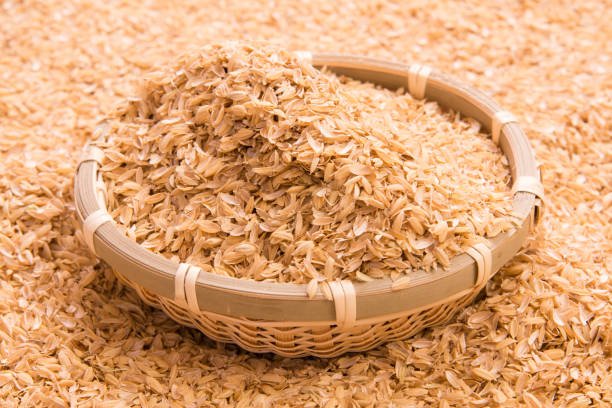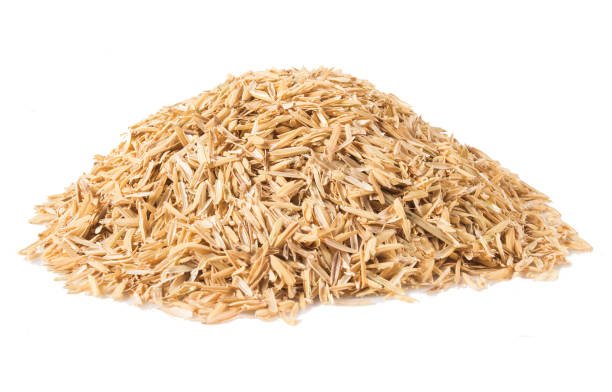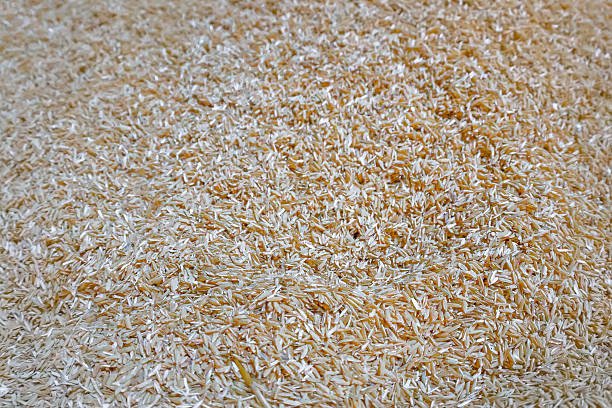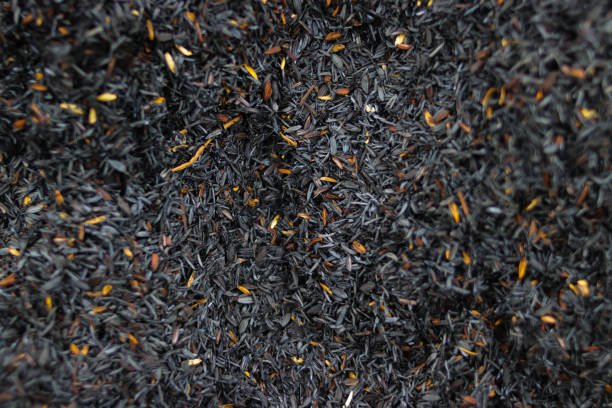Rice husk, the protective outer layer of rice grains, is a byproduct of rice production. Though once considered waste, it has become a versatile material with numerous industrial uses due to its unique composition.
Rice husk composition is primarily made up of cellulose, hemicellulose, and lignin. It also contains silica, which makes it abrasive and resistant to decomposition. The high silica content makes rice husk useful in various applications such as in the production of silicon carbide, activated carbon, and insulation materials. Additionally, rice husk can be used as a renewable energy source through combustion or gasification processes, making it an environmentally friendly alternative to fossil fuels. Moreover, the ash produced from burning rice husk contains high levels of potassium and can be used as a fertilizer. Overall, the composition of rice husk makes it a valuable byproduct of rice milling with various industrial and agricultural uses.
Rice husk has a wide range of uses across various industries. In the energy sector, it is utilized as biomass fuel for power generation. In construction, it is incorporated into cement, bricks, and lightweight concrete. In agriculture, it serves as mulch, soil conditioner, and animal bedding. Additionally, it is employed in water filtration systems to remove impurities. Furthermore, rice husk is used for silica extraction, which is essential for making glass, ceramics, and electronics. It also finds application as a filler in plastics and polymers, making it a versatile and valuable resource in multiple sectors.
The product of rice husk includes rice bran oil, rice bran wax, and animal feed. Additionally, rice husk can be used as a fuel source, in building materials, and in the production of activated carbon.
Rice husk can be converted into energy through processes such as combustion, gasification, and pyrolysis. These processes release energy in the form of heat which can be used for power generation or heating purposes.
We at Khan and Company are the Worldwide Rice Husk Suppliers & Exporters in Pakistan. With the wide range of products and services we are ready to serve our valued clients better then ever before.
Khan and Company is Efficient In Delivering Bulk Quantity Rice Husk. Whoever is able to give us the best offer is who we go with when a potential buy offer comes our way. Please Contact Us through This Form and let us know your specific requirements. We will get back to you as soon as we can.
.png)



